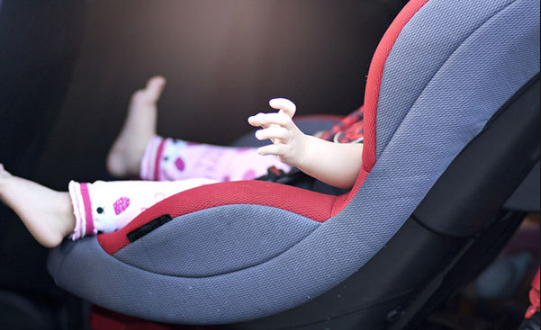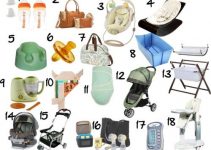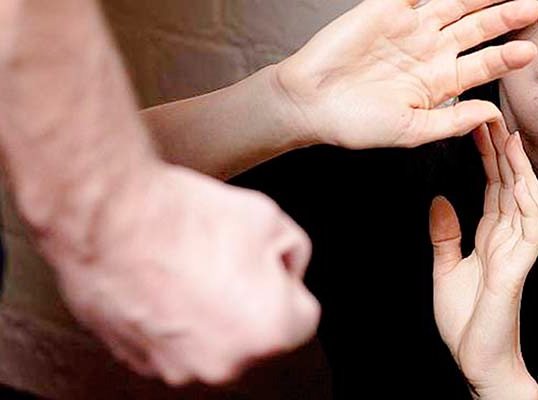Medicaid Free Baby Car Seats. A car crash is one of the most common causes of death and injury of young children in the USA and all around the globe. More than thousands of such cases are registered due to the unavailability of proper safety features in modern cars.
Babies are always at higher risk of crash crashes. This is because babies have the weaker spinal cord in developing age. The head is even bigger than the size of the body. In case of a crash, when the baby is sitting in a forward-facing manner, the spinal cord may experience a stretch which could result in serious injury or even death. The same is the case with rear-facing sitting; the head, neck, and spine get a severe injury from a frontal crash. One of the easiest ways to save young toddlers from car crashes is by getting a free car seat from Medicaid.
Yes, you heard it right! Medicaid is a well-known medical program that helps with the medical costs of some people with limited or no income resources and provides free car seats for babies and young toddlers. If you are willing to know about how to get free car seats through Medicaid, go through the website and search. You can find sufficient information about eligibility, installation, and other resources that provide free seats in the United States and other countries.
Let’s have a quick look at the three most important factors of baby car seats which you need to, know before.
Types of the car seat
Proper use of kid’s safety depends on the type of car seat you choose. There are so many different types of child seats available in the market, best of 2019 convertible car seats to buy are listed on websites like Very well family. Rear-facing car seats are a most common one. The American Academy of Pediatrics recommends that all infants should start their first ride from hospital to home in a rear-facing car seat. After having some growth and development, parents can go for other types of rear-facing car seats for young toddlers. Technically, three different types of rear-facing seats are available in the Medicaid free car seat program.
Rear-facing with seats only
This seat is comfortable and small for carrying infants’ up to 22 to 35 pounds in weight. Rear-facing car seat comes with a base and carrying handles. The seats click into and out of the base, so you do not have to install the seat in the car each and every time. The best part is, you can have a seat free of cost. However, you need to know how to get Medicaid free baby car seats.
.
Convertible seats
This car seat is slightly heavier than the infant seats. Convertible seats are most suitable for older children, having more weight and length than the rear-facing seats available for infants. The word convertible means that seats can be used rear facing and later converted to forward facing, depending on the size of the child. When talking about the design, the car seats have a 5-point harness that can easily attach to the shoulder, hip and in between the legs. You can have all around protection from the front and back end, while any misfortune happens.
3-in-1 seats
This seat is often larger than the previous one. So, before installation makes sure the seat fits perfectly to the vehicle while rear facing. 3-in-1 baby seats can carry 40 -50 pounds of weight and height than rear-facing seats, making it more suitable for carrying bigger babies and young toddlers. You can use 3-in-1 baby seats as rear facing, forward facing or a belt-positioning booster. When searching for a baby seat, look for the different types and have sufficient information about how to get free car seats through Medicaid.
Installation Information
A car seat is built-in with Universal Anchorage System, which is also known as latch or UAS that can be used to harness baby seats with the car. The top tether of the car seat provides safety to the installation of any forward-facing seats. The lower anchors are preferably better than general seat belts for installation purpose, and parents find them easier to attach with the car seat. Keep in mind, placement of the harness should be done below your child’s shoulder, and the chest clip should be of the armpit level. Check the rear-facing seats should be positioned at forty-five degrees angle so that your child’s head does not flop forward. There are few important installation guidelines that come with the user manual, or less you can find installation tips for rear-facing seats from healthy children.org site.
State laws
Car seats and booster seat are maintained under certain government rules and regulations. There are some state laws in the United States for parents and caregivers, who frequently travel with young kids from one state to another. For example, in Alabama children under age 6 should be retrained appropriately in a federal approved car seat or booster seat, in the Alaska children less than 20 pounds of weight is required to ride in a rear-facing car seat, Arizona requires all children under age of 2 should be restrained in federal approved rear-facing car seat. Arkansas, Delaware, Colorado, Georgia and other states in the United States have different seat laws. Get to know about each of them here, if you have already cleared your doubts about how to get free car seats through Medicaid.
Bottom Line
Baby car seats are usually made available to many parents with low-income to restrict car accidents from government and non-profitable organizations. Get guidance from experts on how to get free car seats through Medicaid and other non-profitable organization. Make sure you abide by all the rules and regulations, choose car seats according to above-mentioned specification and install properly to maximize the benefits. If any doubt, you can visit the Medicaid website and know about benefits and charitable actions for families with poor earnings.




